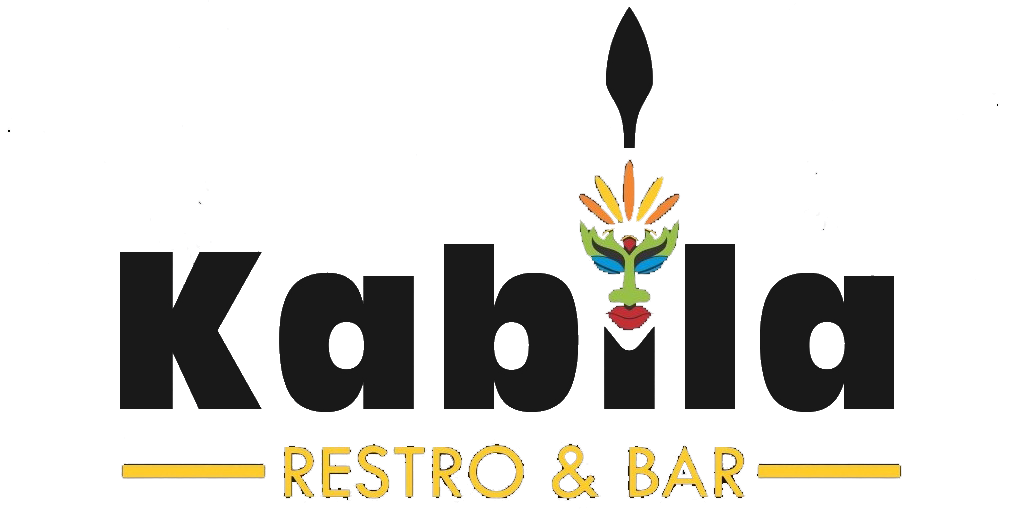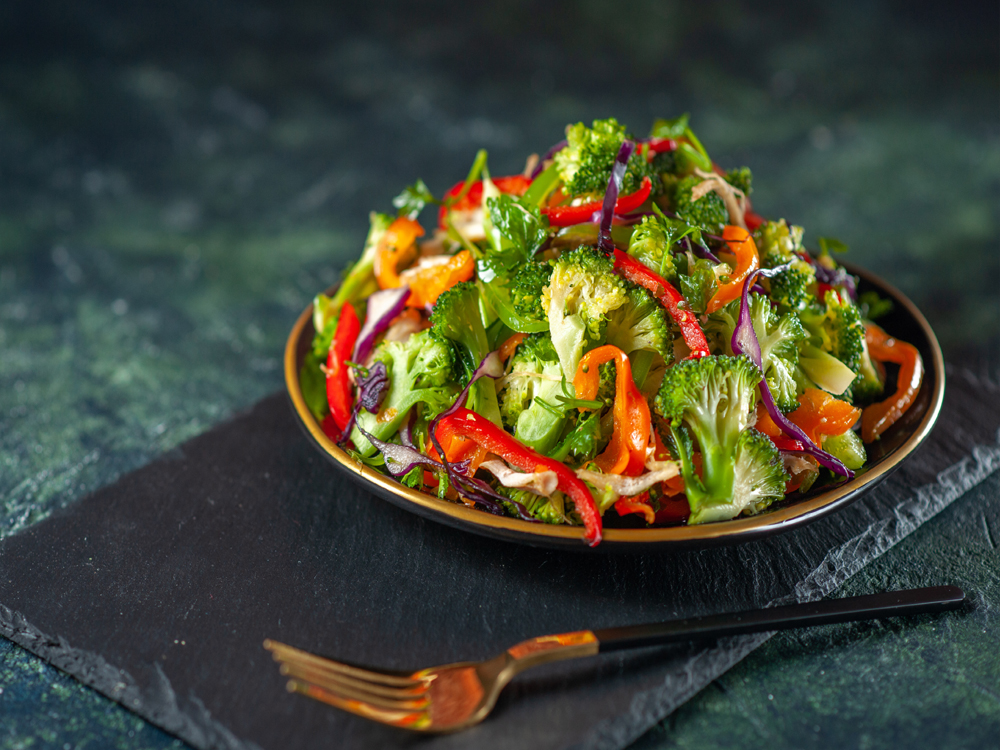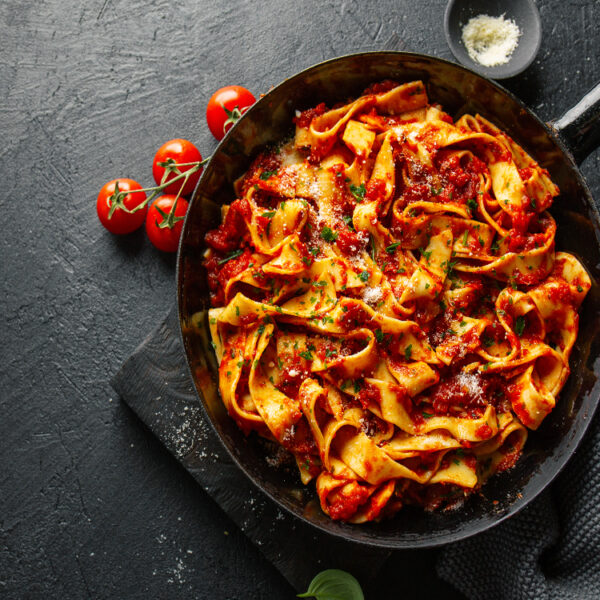Description
The nutritional value of a green salad can vary depending on the specific ingredients used and the dressing or toppings added. However, here are some general considerations regarding the nutritional value of a typical green salad:
Leafy Greens: The base of a green salad is typically made up of leafy greens like lettuce, spinach, arugula, kale, or mixed greens. These greens are low in calories and rich in dietary fiber, vitamins (such as vitamin A, vitamin C, and vitamin K), minerals (such as iron and calcium), and antioxidants.
Vegetables: Green salads often incorporate a variety of vegetables such as cucumbers, bell peppers, tomatoes, carrots, radishes, or broccoli. These vegetables provide additional vitamins, minerals, fiber, and antioxidants, contributing to the overall nutritional value of the salad.
Protein: To enhance the satiety and nutritional content of a green salad, protein sources can be added. This can include grilled chicken, shrimp, tofu, beans, chickpeas, or hard-boiled eggs. Protein is essential for muscle maintenance and repair.
Healthy Fats: Some green salads incorporate sources of healthy fats like avocado, nuts, seeds, or olive oil-based dressings. These fats provide essential fatty acids and can enhance the absorption of fat-soluble vitamins present in the salad.
Dressing and Toppings: The nutritional profile of a green salad can be influenced by the choice of dressing and additional toppings. Creamy dressings or those high in added sugars or unhealthy fats can increase the calorie and fat content. Opting for lighter dressings or making homemade dressings using healthier ingredients can be a healthier choice. Toppings like croutons, cheese, bacon bits, or fried onions can add flavor but also increase calorie and fat content. Choosing healthier alternatives or using these toppings sparingly can help maintain the overall nutritional balance.
Overall, green salads can be a great way to incorporate a variety of vegetables, leafy greens, and other nutritious ingredients into a meal. They are typically low in calories, high in fiber, and rich in vitamins, minerals, and antioxidants. Adding lean proteins and healthy fats can further enhance the nutritional value and make the salad a more well-rounded and satisfying meal option.
It’s important to note that the specific nutritional values of a green salad can vary depending on the ingredients used and portion sizes. Reading labels, using portion control, and selecting wholesome, fresh ingredients can contribute to a healthier salad option.






Reviews
There are no reviews yet.